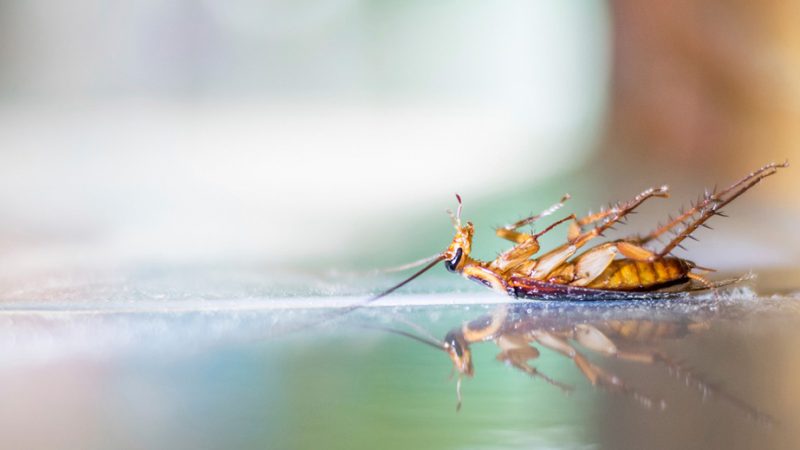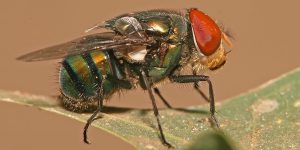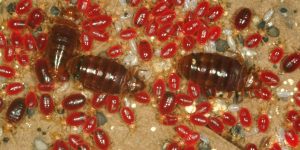Good hygiene and elimination of foodstuffs, organic matter and animal excreta are vital to the…

Identify Your Pest
This is the first step of pest control. Proper identification will help you develop appropriate control measures.
Decide how much activity you can tolerate:
You may be able to tolerate an insect that will only be in your garden for a few weeks, or an occasional ant in the kitchen, but most people have zero tolerance for fleas and ticks.
Learn about your pest:
By learning about the pest, you can identify the most vulnerable stage in the pest’s life cycle, identify needs and dislikes, and use your knowledge to zero-in on your target. Learn about how the pest is gaining access. A pet could bring fleas into the house, a gap in your window could invite spiders into your office, or a humid bathroom could provide enough moisture for mold to grow.
Consider an Integrated Pest Management (IPM) approach:
Many pest problems can be controlled without pesticides. IPM emphasizes non-chemical and low-toxicity pest controls whenever possible.
If using a pesticide, select the right one:
Pesticide labels describe the locations where a product can be used. When selecting a pesticide for a specific pest, look for that pest on the product label.
Read the entire label first:
Read the entire product label before you buy, mix, apply, store, and dispose of a pesticide. If you have questions, contact the manufacturer or NPIC.
Protect yourself:
Make sure you use all of the protective gear specified on the label. To reduce your risk further, you can wear additional protective gear. Wash your hands before eating, drinking, smoking, or using the restroom.
Protect people, pets, and the environment:
Ensure the application site is free of people, pets, toys, and food dishes. Be careful when using pesticides around streams, wells, schools or edible garden plants.
Prevent drift:
To avoid drift, read the label directions, and only apply the product under the conditions specified on the label. Most pesticides cannot be applied when the temperature is high, when conditions are windy, or when it is raining.
Store and dispose of pesticides properly:
Buy only what you need this season; mix only what you need today. Store pesticides in areas inaccessible to children and pets, and consider locking the area. Follow the label directions for disposal.



